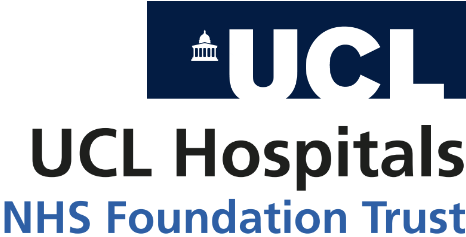
June marks 12 months since we launched Virus Watch to undertake research to help stop the spread of COVID-19. Our last research study carried out during the influenza pandemic in 2009 had 1,460 households and 3,552 people take part, so when we launched Virus Watch with the aim of recruiting 25,000 people we worried we had set an overly ambitious target. As of the 21st June 2021, we are proud to say that 50,759 people across England and Wales have joined the study. Thank you for being a part of that support, the larger size of the study really improves the quality of the work we can do!
The vaccination rollout has been a great success, but we know that Covid-19 will continue to circulate in society. So while this is the case, it remains really important to increase our understanding of the virus as there remains quite a lot of uncertainty about what will happen with COVID-19 in England and Wales over the next 12 months. With your help, we are going to continue the study and provide vital research that can continue to help stop its spread in the UK and elsewhere around the world. You’ll continue to receive our weekly and monthly surveys and we would be extremely grateful if you carry on participating in Virus Watch by filling them in.
This one-year milestone is a good time to reflect on what your contributions to Virus Watch have helped us understand. We’ve been regularly publishing updates about our findings on the study website, in scientific journals, and sharing them with policymakers – so these are having a direct effect on how the UK research community understands the virus and how the government has responded.
Here are just a few highlights from our research over the last year that have only been possible because of your participation:
- We understand how levels of cough, fever, and loss or change to a sense of smell and/or taste have changed across the year as well as the timing and severity of COVID-19 symptoms. We found that common symptoms such as cough, headache, fatigue, muscle aches and loss of appetite occurred early in the course of a COVID-19 illness but were also very common in COVID-19-negative illnesses. Rarer symptoms such as fever or loss or altered sense of smell or taste were often not present but were markedly more common in COVID-19 positive compared to COVID-19 negative cases.
- We’ve been undertaking regular analyses of the contact and activities data we ask you to tell us about each month. By November 2020 we were able to understand the number and type of contacts people had just prior to developing symptoms.
- In January 2021 we used the latest data you sent us to look at the levels of essential activities (like food shopping) people had to carry out during lockdown.
- We’ve been using the results from the vaccine evaluation study (monthly finger prick antibody blood tests) to understand responses following first and second doses of AstraZeneca and Pfizer vaccines. We observed some differences in antibody levels after the first dose by vaccine type, age, and health conditions, but found high antibody positivity rates for nearly all individuals after a second dose. These results really helped reinforce the importance of everyone getting the second dose of the vaccine and this research was widely covered in the news.
- We asked you ‘Would you accept a COVID-19 vaccine if offered?’ in December 2020 and again in February 2021 and used this data to show that the majority of people who were uncertain about taking, or intended to refuse, a COVID-19 vaccine in Dec 2020 had changed their mind in March 2021 – this was incredibly helpful to demonstrate the changing public opinion.
- We’ve examined the important topic of long COVID in children and found that the risk of reporting persistent symptoms was twice as high in children who had tested positive for COVID-19 virus than in children who had not, although the actual proportion of children reporting persistent symptoms was low.
- We’ve asked people in Virus Watch that have had COVID-19 “Where do you think you caught Covid-19?” and the findings illustrate the importance of home, work and place of education as venues for the spread of COVID-19.
- Finally, we’ve recently published some results using data collected from Virus Watch participants who volunteered to use a mobile tracking app as part of our research. Using these data we looked to see if having the first dose of the vaccination had an effect on travel behaviour, but did not find any change in travel patterns after vaccination.
These findings represent just a small fraction of the work we’ve been doing over the last year thanks to all of your contributions. We’re extremely grateful for all the time and effort of all participants.
We look forward to continuing this crucial research over the coming 12 months.
